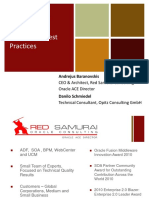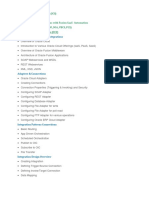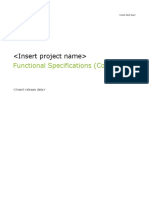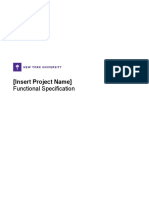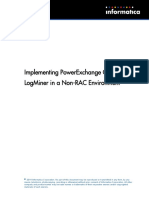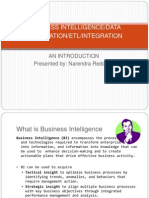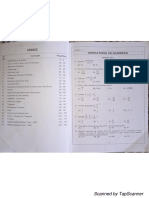0% found this document useful (0 votes)
33 views8 pagesFile Processing System
The document describes a file processing system that extracts, cleans, transforms, and loads data from various sources like email, FTP, and manual uploads. It processes file types like PDF, CSV, binary, and XML. The system outputs customized standalone data and consolidated reports, and has features to extract, clean, transform, and load data as efficiently as possible.
Uploaded by
RK ConsultancyCopyright
© © All Rights Reserved
We take content rights seriously. If you suspect this is your content, claim it here.
Available Formats
Download as PPTX, PDF, TXT or read online on Scribd
0% found this document useful (0 votes)
33 views8 pagesFile Processing System
The document describes a file processing system that extracts, cleans, transforms, and loads data from various sources like email, FTP, and manual uploads. It processes file types like PDF, CSV, binary, and XML. The system outputs customized standalone data and consolidated reports, and has features to extract, clean, transform, and load data as efficiently as possible.
Uploaded by
RK ConsultancyCopyright
© © All Rights Reserved
We take content rights seriously. If you suspect this is your content, claim it here.
Available Formats
Download as PPTX, PDF, TXT or read online on Scribd
/ 8



